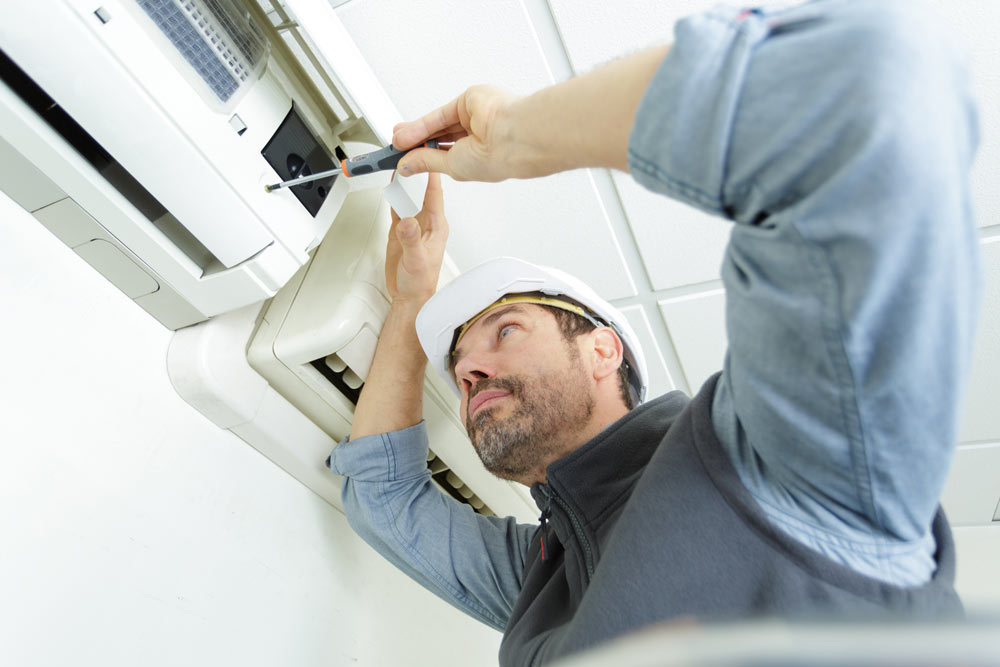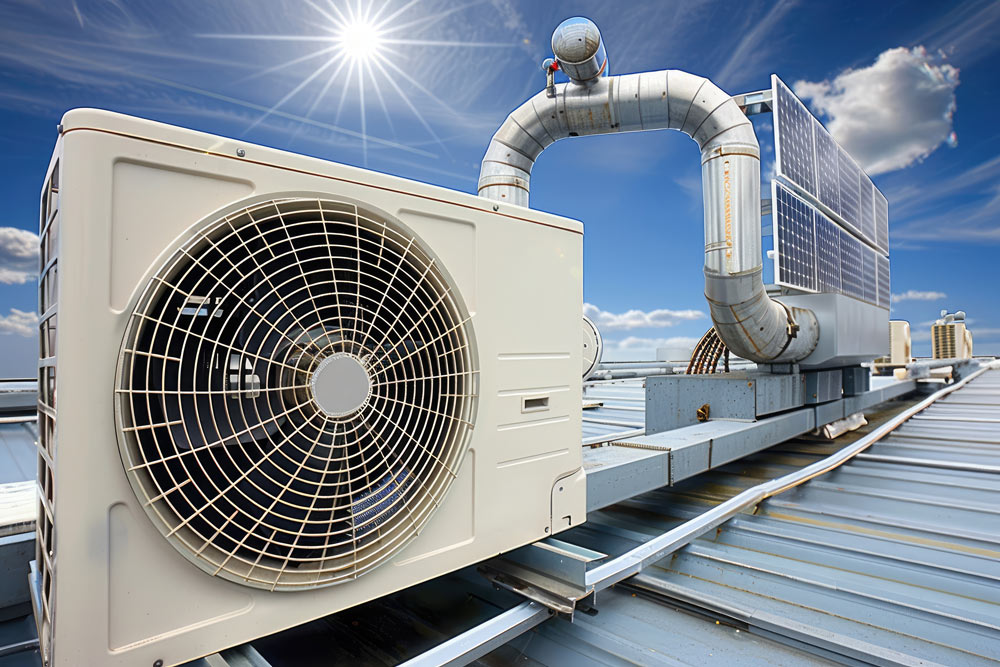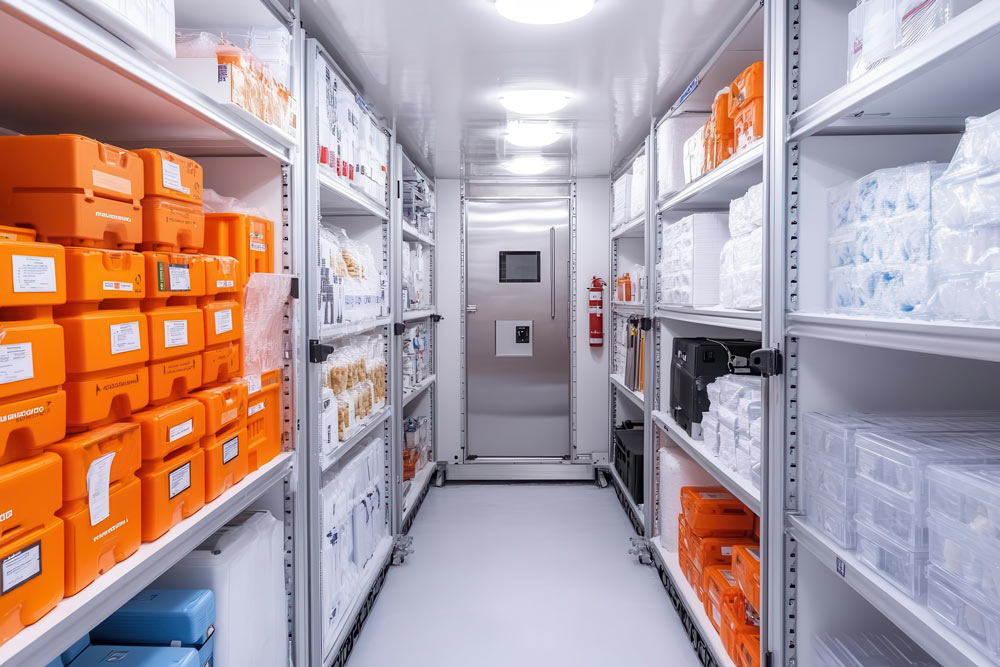Food safety is a critical concern for businesses in the food industry, including restaurants, grocery stores, catering services, and food production facilities. Proper refrigeration plays a vital role in maintaining food safety by preventing bacterial growth, preserving food quality, and ensuring compliance with health and safety regulations.
Failure to adhere to proper refrigeration practices can lead to foodborne illnesses, regulatory penalties, and reputational damage. In this blog post, we will explore the role of refrigeration in food safety compliance, the key regulations businesses must follow, and best practices to maintain a safe and compliant refrigeration system.
1. Why Refrigeration is Essential for Food Safety
Refrigeration slows down bacterial growth and enzymatic reactions that cause food spoilage. Pathogenic bacteria, such as Salmonella, E. coli, and Listeria, thrive in temperatures between 5°C and 60°C (41°F and 140°F), commonly referred to as the “danger zone.” Proper refrigeration keeps food below this threshold, reducing the risk of contamination and foodborne illnesses.
Key Benefits of Refrigeration for Food Safety:
- Prevents bacterial growth by keeping food at safe temperatures.
- Preserves food quality by slowing spoilage and maintaining freshness.
- Reduces food waste by extending shelf life.
- Ensures compliance with food safety regulations.
2. Food Safety Regulations and Refrigeration Requirements
Various national and international food safety regulations outline specific refrigeration requirements for businesses handling perishable food. Compliance with these regulations ensures food safety and protects businesses from legal consequences.
Key Food Safety Regulations:
- HACCP (Hazard Analysis and Critical Control Points): Identifies potential food safety hazards and establishes control measures, including proper refrigeration.
- FDA Food Code (USA): Requires perishable foods to be stored at ≤5°C (41°F) to prevent bacterial growth.
- UK Food Standards Agency (FSA) Regulations: Mandates proper refrigeration of high-risk foods and regular temperature monitoring.
- EU General Food Law (Regulation (EC) No 178/2002): Emphasizes temperature control in food safety management.
Compliance Guidelines:
- Maintain refrigerators and freezers at recommended temperatures.
- Regularly check and log temperature readings.
- Use proper storage methods to prevent cross-contamination.
3. Best Practices for Refrigeration in Food Safety Compliance
Ensuring compliance with food safety regulations requires implementing best practices for refrigeration. Businesses must follow specific guidelines to maintain safe storage conditions.
1. Maintain Proper Temperature Control
- Keep refrigerators at or below 5°C (41°F).
- Freezers should be set at -18°C (0°F) or lower.
- Use calibrated thermometers to verify accuracy.
- Regularly monitor and record temperatures to ensure consistency.
2. Organize and Store Food Correctly
- Separate raw and cooked foods to prevent cross-contamination.
- Store raw meats on lower shelves to avoid dripping onto other foods.
- Label and date all food items for proper stock rotation (FIFO: First In, First Out).
- Keep perishable foods covered to maintain quality and prevent contamination.
3. Ensure Proper Air Circulation
- Avoid overcrowding refrigerators and freezers.
- Leave space between items to allow proper airflow.
- Ensure vents are not blocked for consistent cooling.
4. Regular Cleaning and Maintenance
- Clean refrigeration units regularly to prevent bacterial buildup.
- Check and replace door seals to maintain efficiency.
- Defrost freezers as needed to prevent ice buildup.
- Service refrigeration equipment periodically to ensure optimal performance.
4. The Consequences of Poor Refrigeration Practices
Failure to comply with refrigeration guidelines can have serious consequences for businesses and consumers.
Potential Risks:
- Foodborne Illnesses: Poor refrigeration can lead to bacterial contamination, causing severe health risks.
- Regulatory Fines and Legal Actions: Non-compliance with food safety laws can result in hefty fines and legal penalties.
- Product Recalls: Spoiled or unsafe food may lead to costly recalls and financial losses.
- Reputation Damage: A food safety incident can harm a business’s reputation and lead to loss of customer trust.
5. The Role of Technology in Refrigeration Compliance
Advancements in refrigeration technology help businesses maintain food safety compliance more efficiently.
Smart Refrigeration Solutions:
- Automated Temperature Monitoring: Alerts staff when temperatures deviate from safe ranges.
- Remote Monitoring Systems: Allow real-time temperature tracking from anywhere.
- Energy-Efficient Refrigeration: Reduces operational costs while maintaining food safety.
- Digital Compliance Logs: Automatically records temperature data for regulatory inspections.
Conclusion
Refrigeration is a fundamental aspect of food safety compliance, ensuring that perishable foods remain safe, fresh, and free from harmful bacteria. By following best practices, maintaining proper temperature control, and leveraging modern refrigeration technology, businesses can protect consumers, avoid legal penalties, and uphold their reputation.
Regular monitoring, maintenance, and adherence to food safety regulations are key to ensuring a safe and compliant refrigeration system. Investing in reliable refrigeration solutions not only enhances food safety but also contributes to long-term business success.
If you need expert guidance on refrigeration compliance for your business, contact our team today for tailored solutions.




